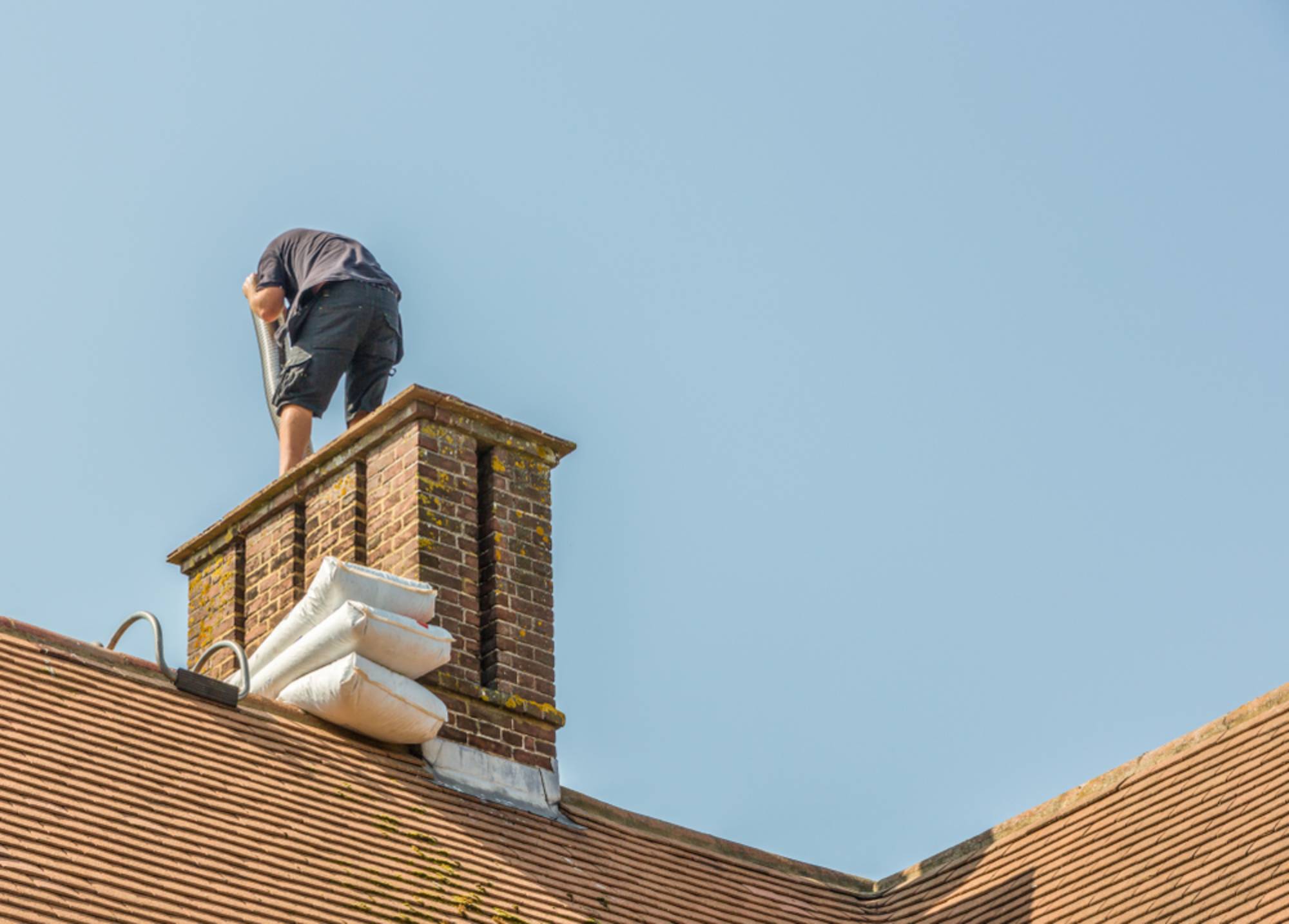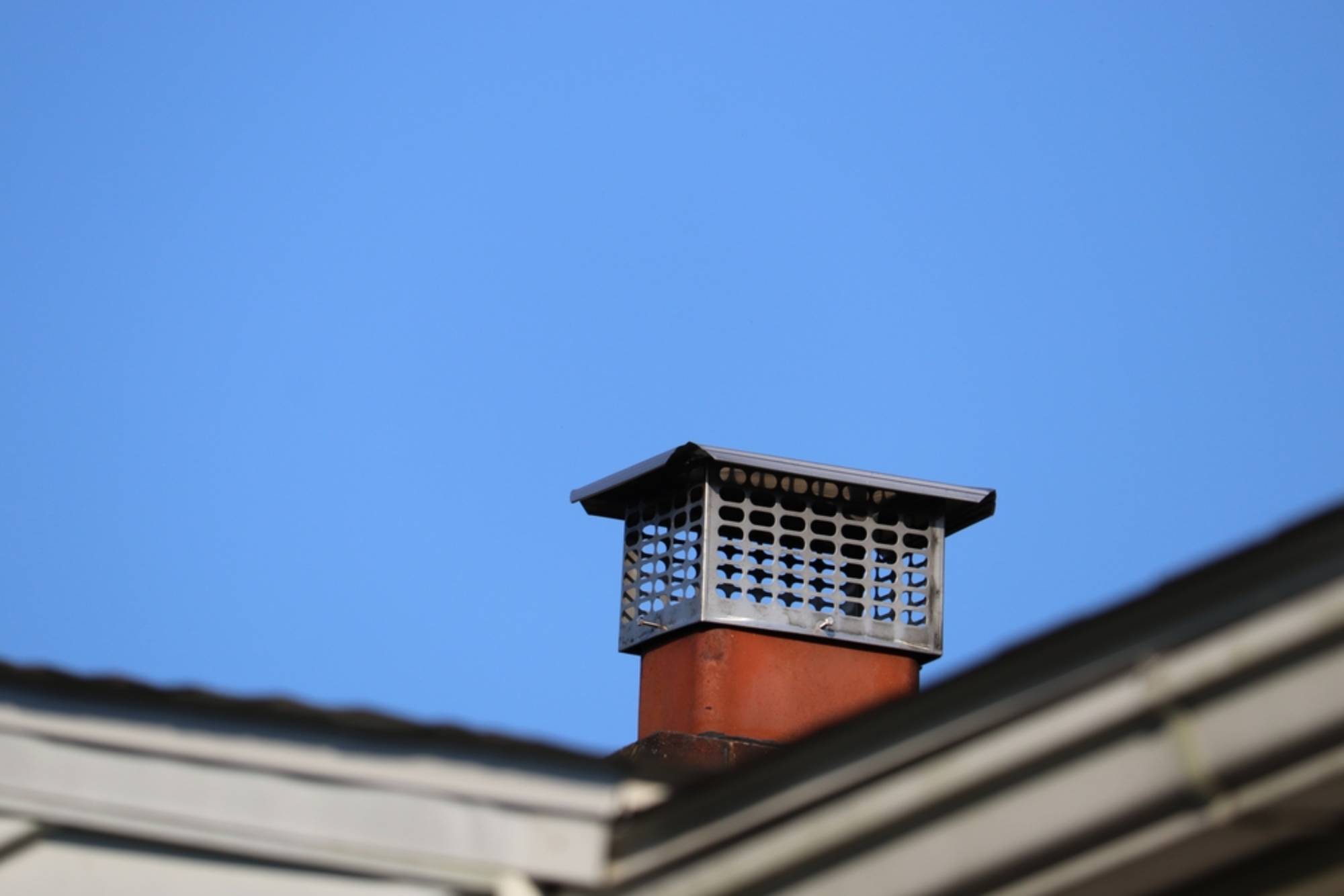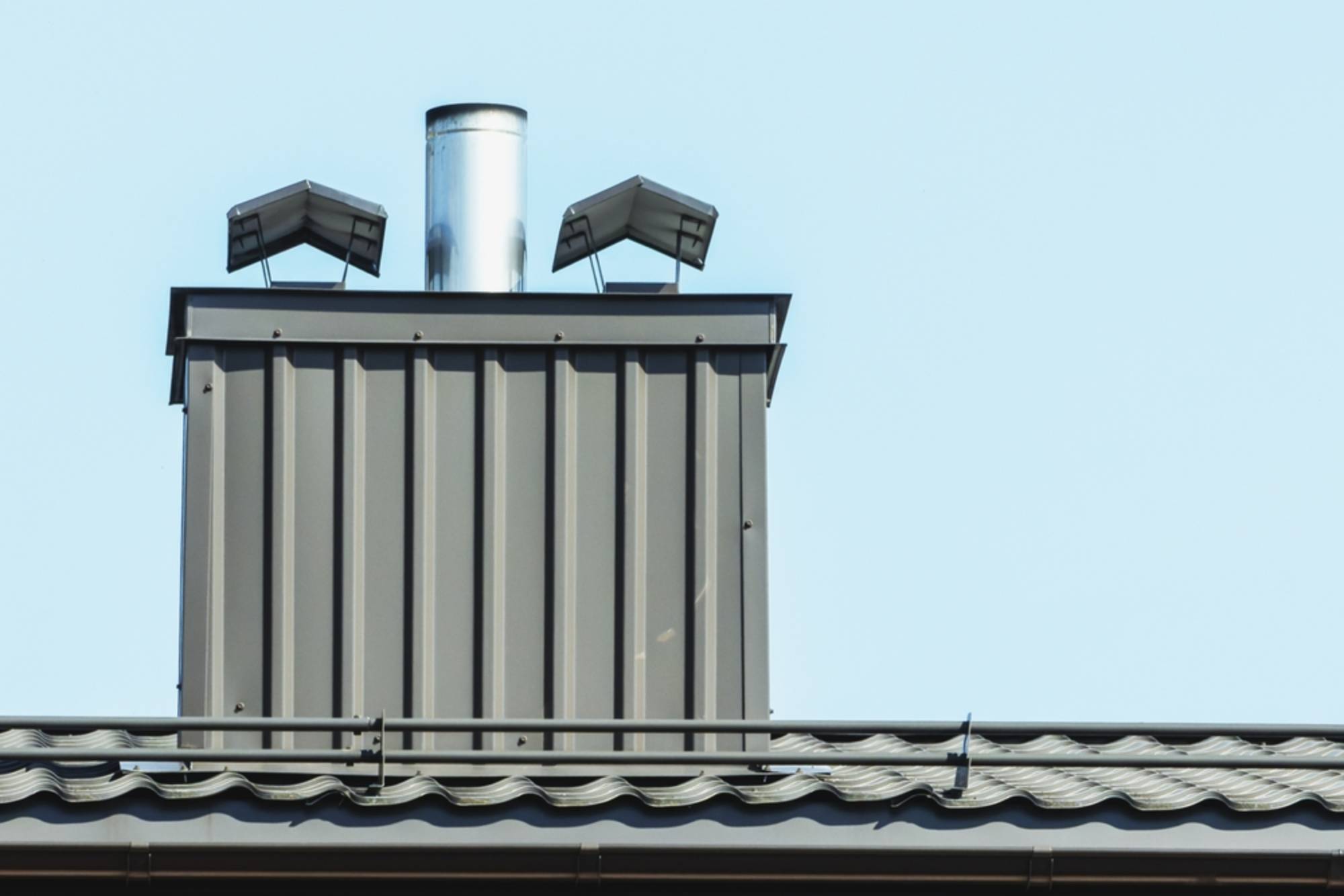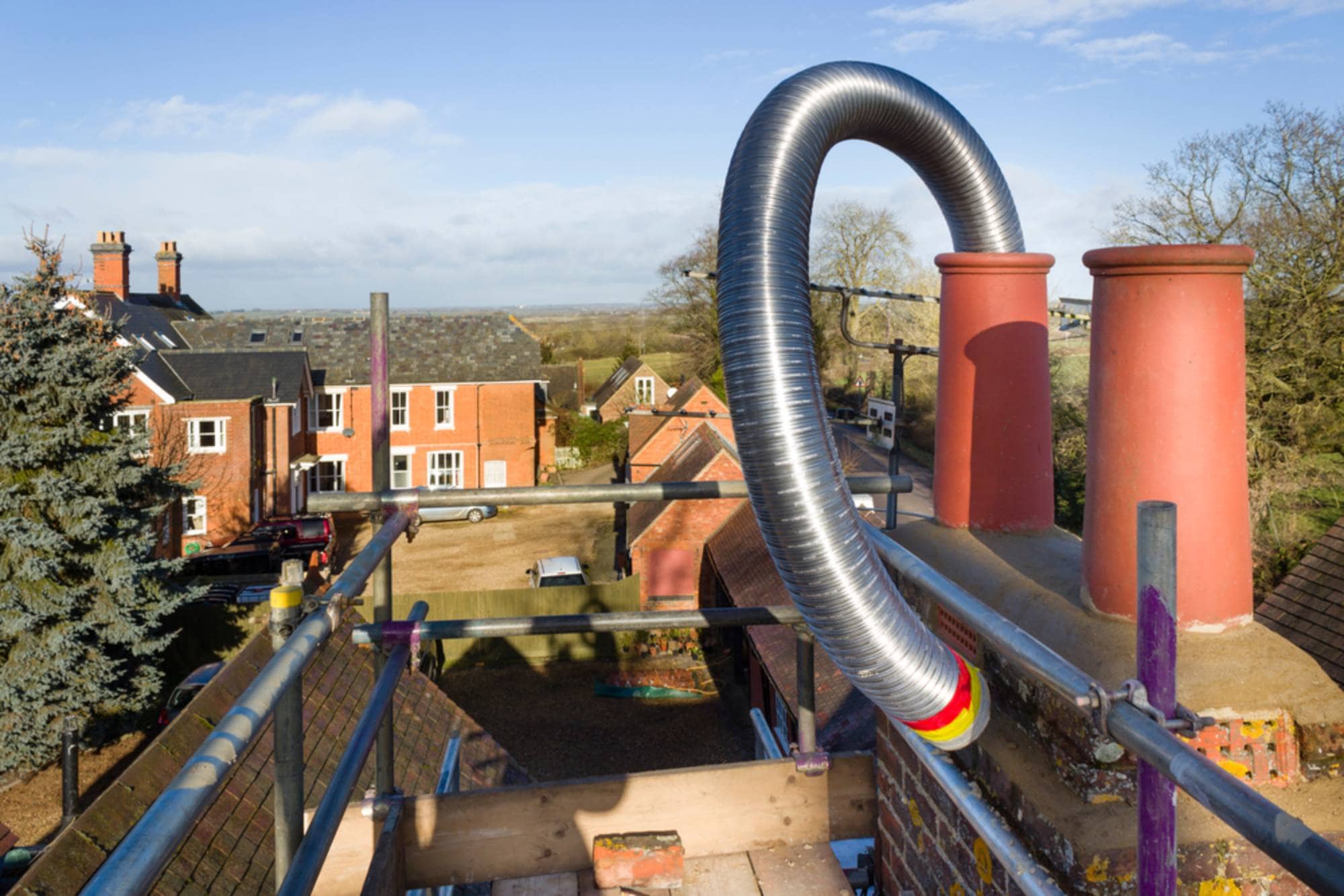Professional chimney liner installation that actually protects your family from dangerous gases and house fires.

Hear from Our Customers

A properly installed chimney liner does two things that matter: it keeps deadly carbon monoxide out of your living space, and it makes your furnace or fireplace burn more efficiently.
You’ll notice the difference in your heating bills when combustion gases flow properly up and out of your home. Your system doesn’t work as hard, and you’re not losing heat through damaged chimney walls.
More importantly, you eliminate the risk of carbon monoxide poisoning that comes from cracked or missing liner sections. In Rhode Island’s harsh winters, that protection isn’t optional.
Above and Beyond Chimney knows exactly what Providence County’s freeze-thaw cycles do to chimney systems. We’ve been fixing the problems that coastal moisture and temperature swings create in West End area homes.
Our technicians hold the proper Rhode Island licenses for liner installation. We’ve seen the dangerous mistakes that unlicensed contractors make, and we’ve had to repair those botched jobs for local homeowners.
When we work on your chimney, you get contractors who understand local building codes, use proper materials, and treat your home with respect. No shortcuts, no surprises.

We start with a complete chimney inspection from your roof down to your appliance connection. You need to know the exact condition of your flue and what size liner your heating system requires.
If you have a damaged clay tile liner, we remove it safely. Then we lower the new stainless steel liner through your chimney, making sure it’s the right diameter for your specific furnace, boiler, or fireplace.
All connections get sealed properly at both ends. We install the correct chimney cap and connector pieces, then test everything to ensure your appliance drafts correctly. You get a system that meets Rhode Island building codes and will work safely for decades.

Ready to get started?
Stainless steel chimney liners handle what Rhode Island weather throws at them. Unlike clay tiles that crack from freeze-thaw cycles, stainless steel flexes with temperature changes and resists the acidic condensation from oil, gas, and wood-burning systems.
Your installation includes proper insulation when needed, which prevents condensation problems and improves heating efficiency. We use the right grade of stainless steel for your fuel type and install all connector pieces to ensure proper sealing.
In West End’s older homes, we often replace original clay tile liners that have deteriorated from decades of coastal moisture exposure. The stainless steel replacements last longer and perform better in our climate than any other liner material.
